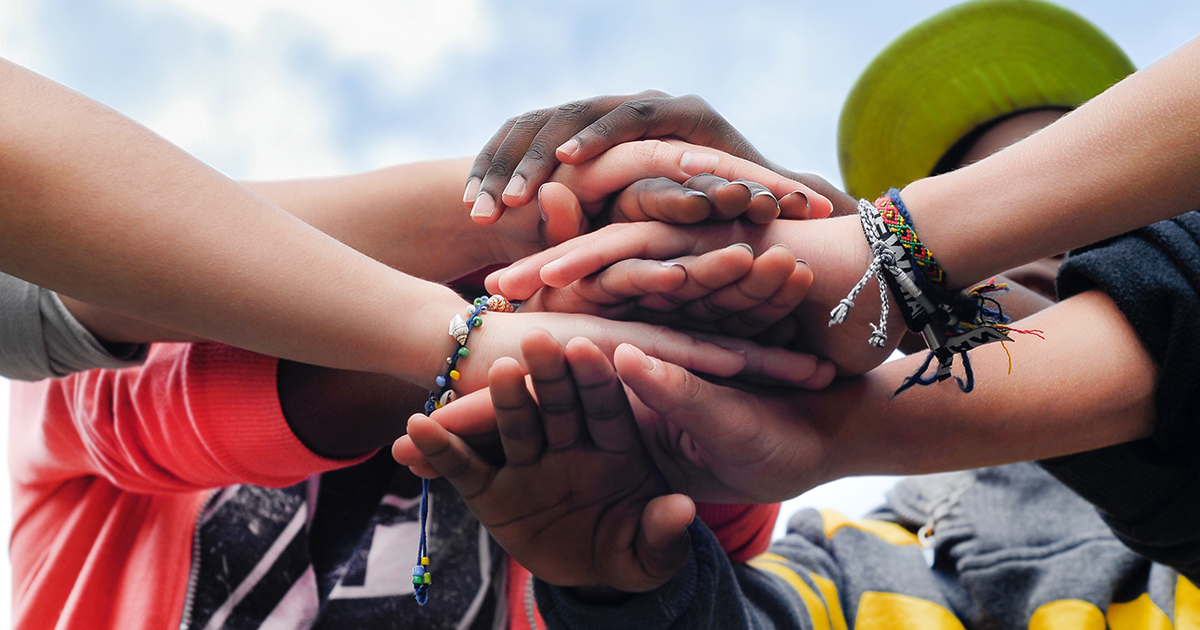Partnering with Young People to Study Persistence and Engagement in the Learn and Earn to Achieve Potential Initiative
Learn and Earn to Achieve Potential (LEAP)

Overview
The Learn and Earn to Achieve Potential (LEAP) project is a three-year nationwide program that provides education and employment services to young people ages 14-25 who are homeless or “systems-involved” — that is, young people who are aging out of the foster care system or who are otherwise involved in the child welfare, criminal justice, or juvenile justice systems. Under the LEAP initiative, two established national program models that serve disadvantaged young people, Jobs for America’s Graduates (JAG) and Back on Track (BoT), are being adapted to help this specific population succeed in postsecondary education and employment, as way to help them earn higher incomes and improve their well-being. The two models in LEAP are being implemented by 10 sponsor agencies in eight states: Alaska, Arizona, California, Maine, Michigan, Minnesota, Nebraska, and New York. (Two agencies are implementing both BoT and JAG, four are implementing only BoT, and four are implementing only JAG.)
With funding from the Annie E. Casey Foundation, MDRC is conducting a national evaluation of the LEAP programs. While many youth programs have been studied in the past, this evaluation will fill an important knowledge gap by examining a target group of young people who face more severe barriers to program participation than other disadvantaged young people: homeless young people and those involved in the child welfare or justice systems often have unstable housing situations, low levels of family support, few basic skills, legal problems, or substance abuse issues. This evaluation will provide new evidence on how programs can best serve some of America’s most disadvantaged young people.
Additional Project Details
Agenda, Scope, and Goals
The people the LEAP initiative aims to serve are likely to be among the 5 million young people ages 16-24 who are considered “disconnected” — neither in school nor employed — and part of the 50 percent of disconnected young people who are “chronically disconnected” — meaning that they have not been in school or working for at least a year. Historically there have been few programs that serve homeless young people or those involved in the child welfare or justice systems, and many such young people have struggled to enroll and progress in education and to secure steady jobs. Research shows that educational credentials and youth employment are predictors of future employment and future income, and lack of success in these areas at an early age can have lifelong consequences.
The LEAP initiative aims to improve education and employment outcomes for the target group of young people by adapting the JAG and BoT program models. The JAG model helps young people build professional skills, find full-time employment, gain access to postsecondary education, and earn credentials. The BoT model provides academic enrichment and other support programs to help young people complete high school and build paths to careers by earning postsecondary degrees or credentials. LEAP enhances these programs by adding an approach designed to bring to the programs an awareness of the effects of trauma on participants, leadership opportunities for participants, and more comprehensive support services.
The evaluation included a feasibility phase in which MDRC, in partnership with the Annie E. Casey Foundation, explored possible evaluation designs for the LEAP initiative. In part due to federal cutbacks of the Social Innovation Fund, which shortened the time frame for the project, the current evaluation will focus on how the JAG and BoT models are adapted to meet the needs of the LEAP population, how young people respond to and the extent to which they engage in the programs, and how the systems surrounding the programs facilitate or hinder effective implementation. The current evaluation will inform the Annie E. Casey Foundation’s planning for a second phase of the project, which will start in 2019.
This evaluation also seeks to gain broader insights on how programs can be adapted more generally to serve young people who have more risk factors than the young people they typically serve.
Design, Sites, and Data Sources
MDRC is working with 10 sponsor agencies across eight states to conduct an implementation study of the JAG and BoT models in LEAP.
-
Covenant House (Anchorage, AK)
-
Jobs for Arizona’s Graduates (Phoenix, AZ)
-
CRCD (Los Angeles, CA)
-
South Bay Community Services (San Diego, CA)
-
Maine JMG (Portland, ME)
-
Jobs for Michigan’s Graduates (Benton Harbor, MI)
-
Minnesota Project Pride for Living (Minneapolis, MN)
-
Nebraska Children & Families (Lincoln, NE)
-
The Door (New York City)
-
CASES (New York City)
This implementation study will use a mixed-methods approach. The qualitative data will come from semistructured interviews conducted during multiple visits to all 10 of the LEAP sponsors, interviews with partners and other local agencies, and interviews of young people participating in LEAP. Quantitative data about participation and outcomes will also be collected.








